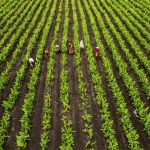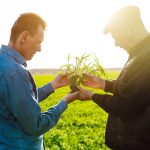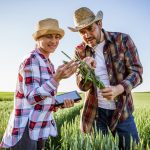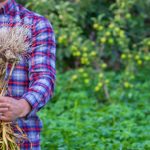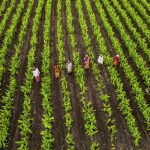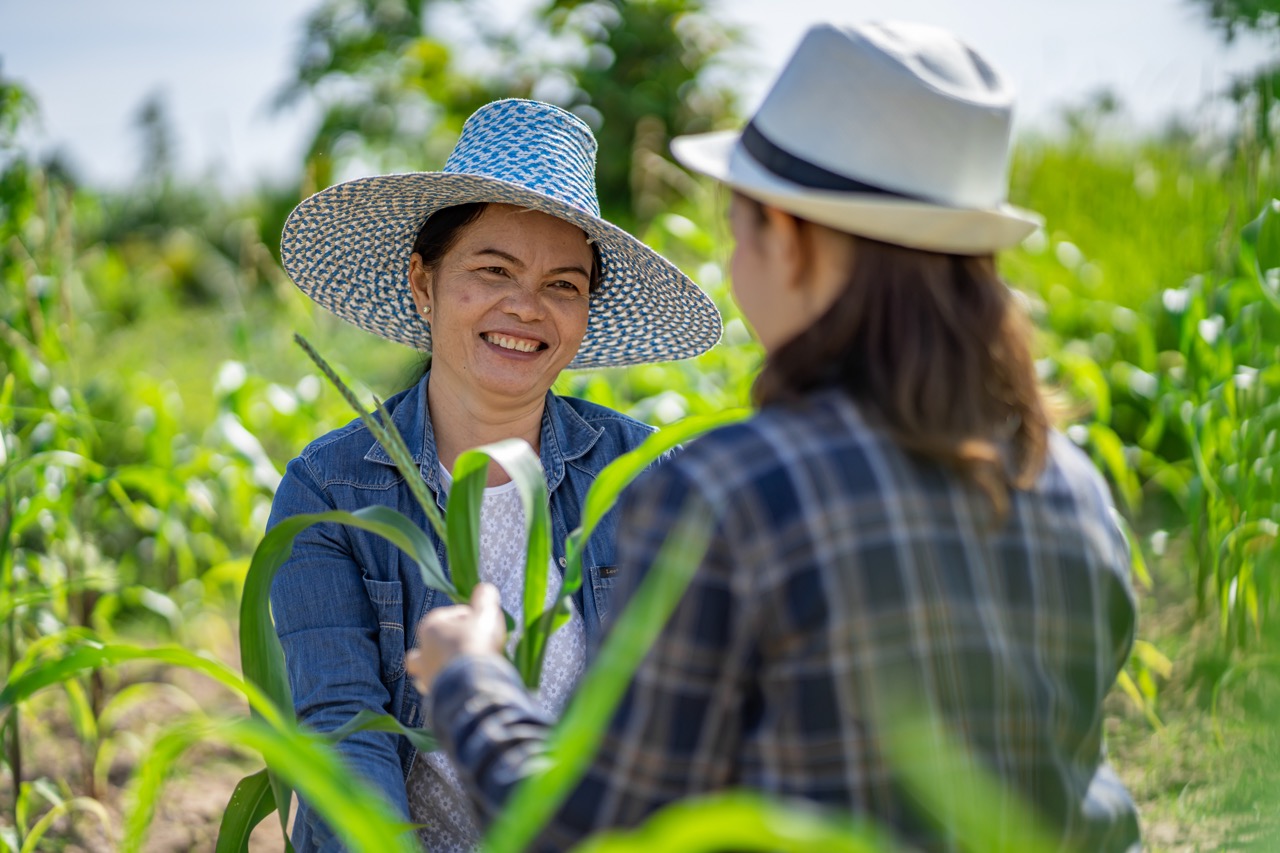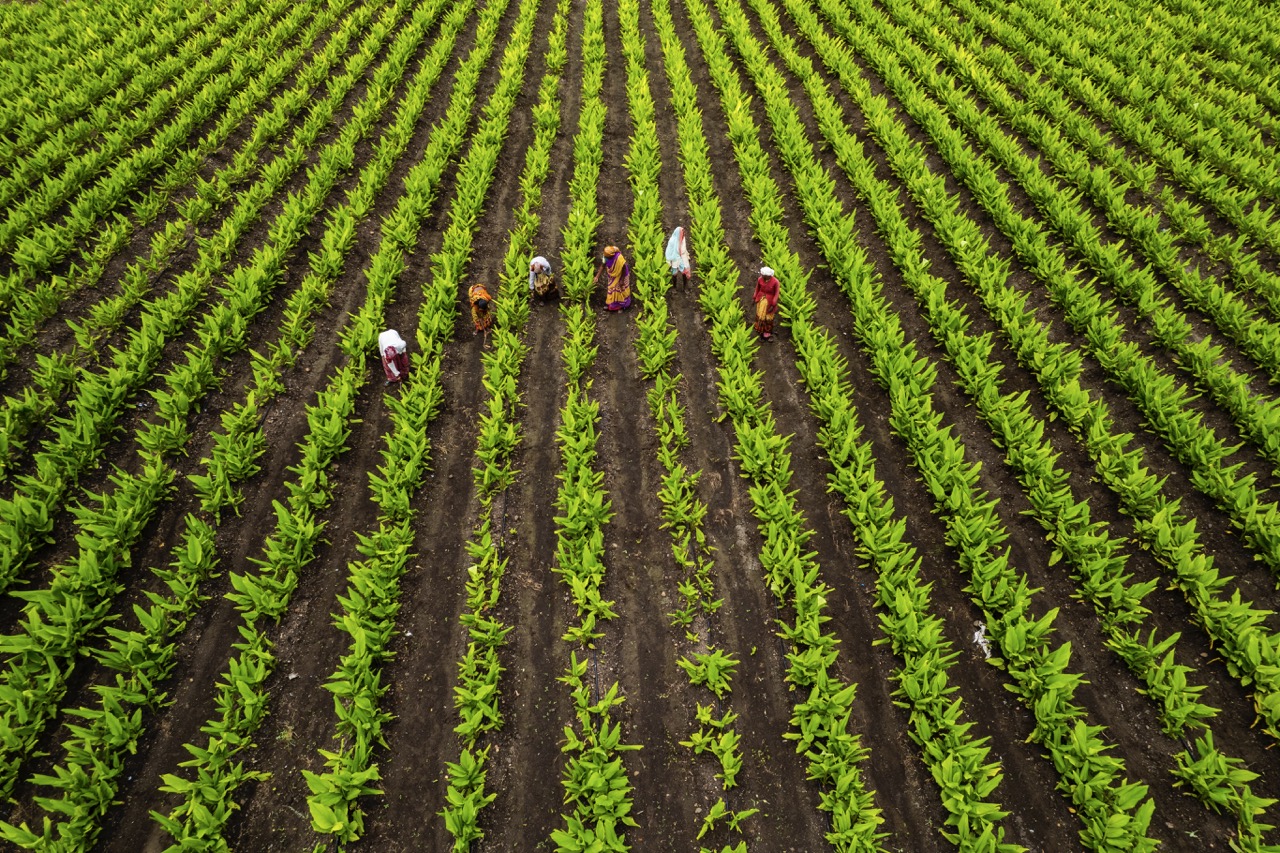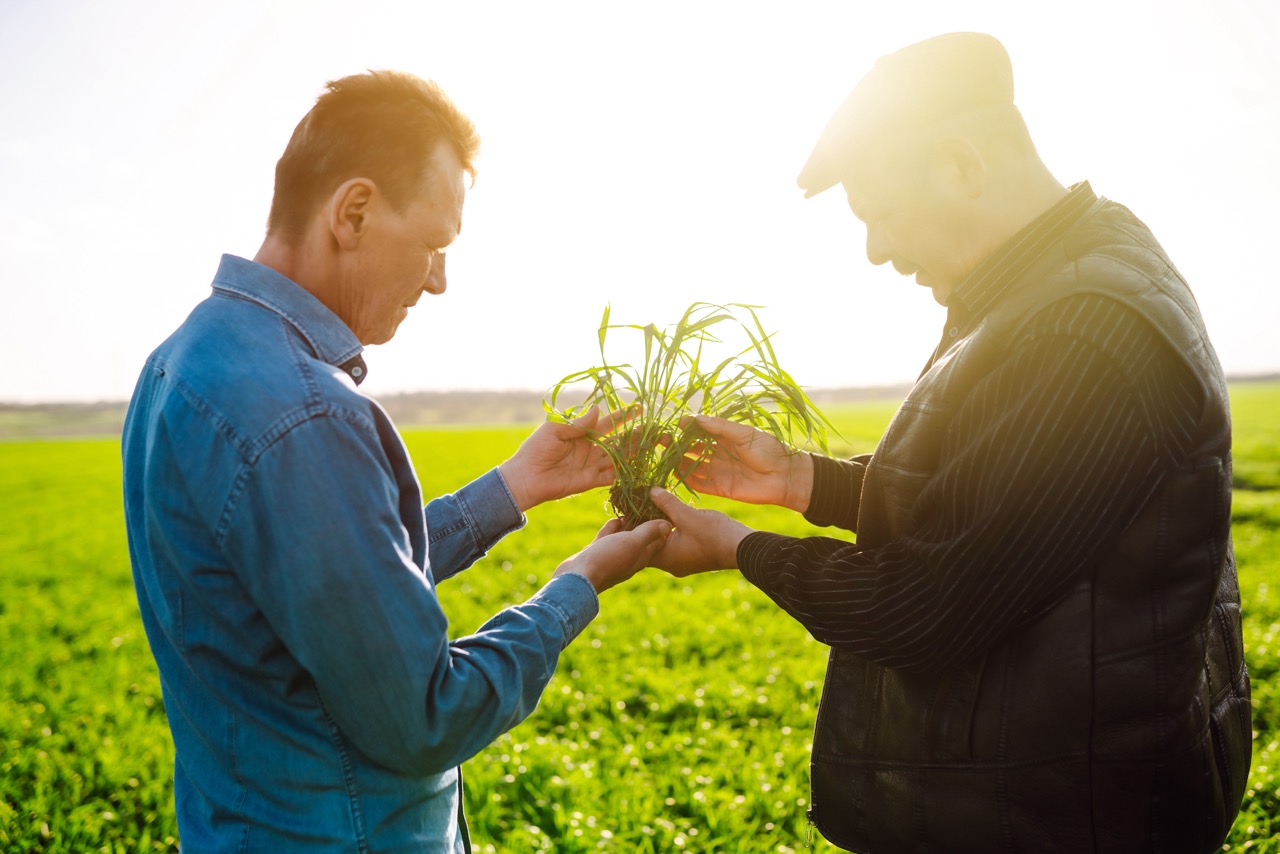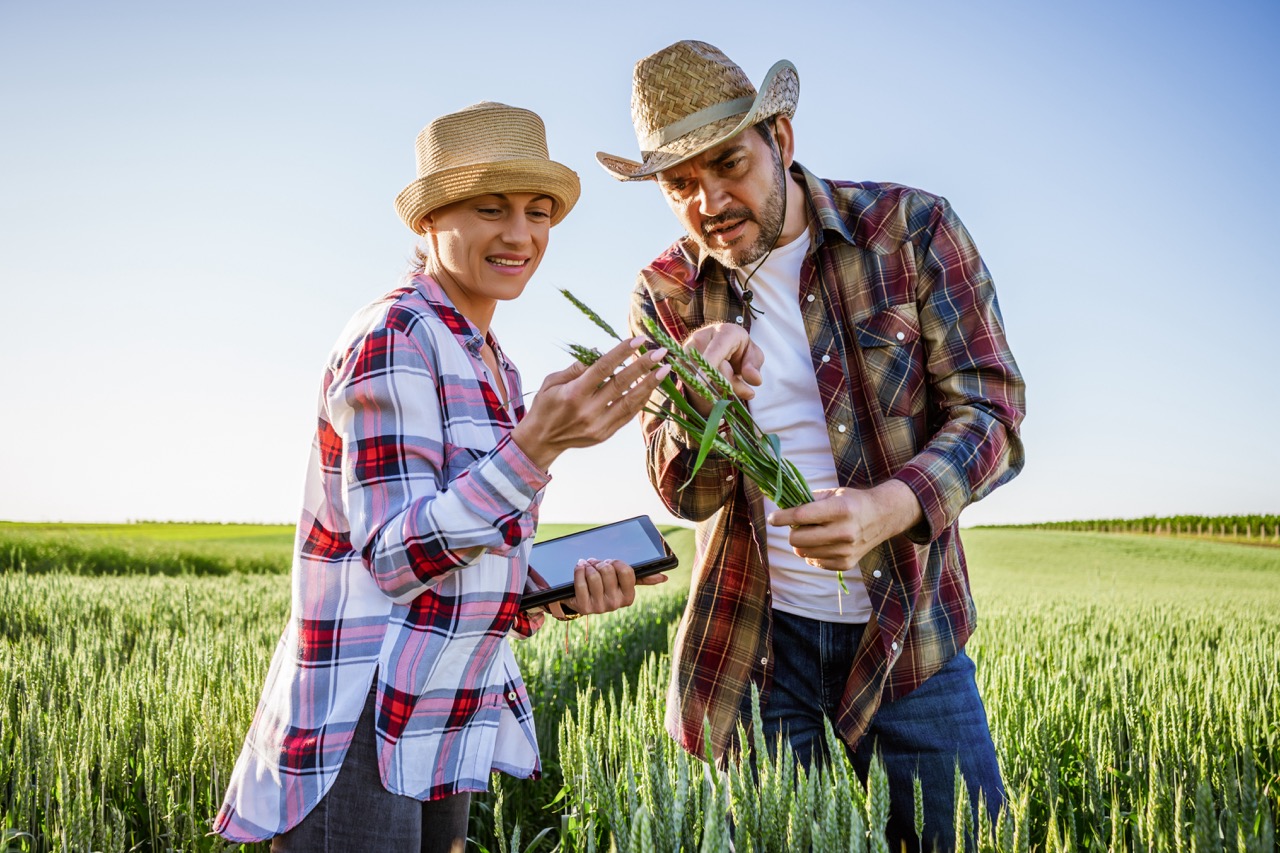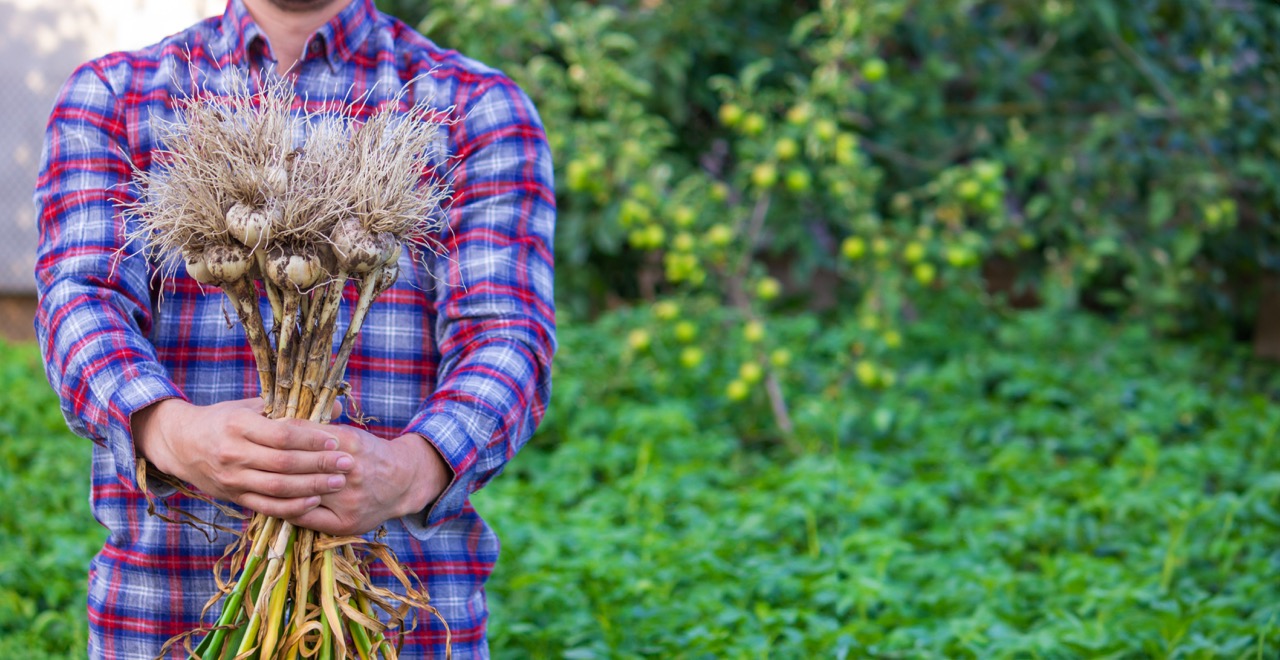Sharecropping, a system of agriculture characterized by landowners allowing tenants to farm their land in exchange for a share of the crops produced, has played a significant role in shaping agricultural practices, particularly in the Southern United States and other regions worldwide. While often associated with exploitative practices and economic instability, sharecropping can also provide opportunities for diversification in crop production. This article explores how sharecropping supports the diversification of crops, highlighting its agricultural impact, economic benefits, and future prospects within sustainable farming practices.
Understanding Sharecropping and Its Agricultural Impact
Sharecropping emerged in the wake of the American Civil War, particularly in the Southern states, as a means for landowners to maintain control over agricultural production while providing opportunities for formerly enslaved individuals and poor farmers. This system typically involves a contractual arrangement where landowners supply land, tools, and seeds, while sharecroppers provide labor. The division of the harvested crops often favors landowners, leading to a cycle of poverty for many sharecroppers. However, this arrangement also laid the groundwork for agricultural innovation and adaptation.
The agricultural impact of sharecropping can be seen in its ability to facilitate crop experimentation. Because sharecroppers often cultivate small plots of land, they have the flexibility to grow a variety of crops. Unlike large-scale monoculture operations, sharecroppers can diversify their production based on market demands, soil conditions, and climate variability. This diversification not only benefits the sharecroppers by spreading economic risk but also contributes to more resilient local food systems.
Moreover, sharecropping can encourage sustainable practices in agriculture. The need to balance crop production with the health of the land often leads to more environmentally conscious farming techniques. Sharecroppers may adopt crop rotation, intercropping, or cover cropping strategies to enhance soil fertility and reduce pests, contributing to a healthier ecosystem. Therefore, despite its historical challenges, sharecropping presents unique opportunities for sustainable agricultural practices.
The Role of Sharecropping in Crop Diversity Enhancement
One of the most significant advantages of sharecropping is its potential to enhance crop diversity. Sharecroppers, motivated by the need to sustain their livelihoods, are often more inclined to experiment with different crops than traditional farmers who may prioritize cash crops. This experimentation can lead to the introduction of less common crops to the local market, providing consumers with a wider variety of produce and improving food security.
In many cases, sharecroppers grow diverse crops that cater to niche markets, such as heirloom varieties or organic produce. This diversification not only meets consumer demand but also helps small-scale farmers gain a foothold in competitive agricultural markets. By growing a range of crops, sharecroppers can stabilize their income, as some crops may thrive while others fail due to adverse weather conditions or pest infestations.
Furthermore, the cultural significance of diverse crops cannot be overlooked. Sharecroppers often bring traditional agricultural knowledge and practices that emphasize indigenous crops, which may be better suited to local conditions. This cultural connection to food production not only preserves heritage but also promotes biodiversity, as these crops often have unique traits that can withstand diseases or changing climates better than more common varieties.
Economic Benefits: Diversifying Crops Through Sharecropping
The economic implications of crop diversification through sharecropping are profound. By growing a variety of crops, sharecroppers can distribute their economic risk. If one crop fails, the sharecropper still has the potential for income from other harvested crops. This risk management strategy is essential for maintaining financial stability and encouraging ongoing investment in farming activities.
Additionally, market demand for diverse crops can lead to higher profit margins for sharecroppers. As consumers increasingly seek out organic produce, specialty grains, and unique fruits and vegetables, sharecroppers who diversify their offerings can tap into these lucrative markets. This not only increases their income but also stimulates local economies by providing fresh produce to nearby communities.
Moreover, diversification fosters resilience in the face of economic changes or global market fluctuations. By not relying solely on one cash crop, sharecroppers can adapt to changing market conditions more readily. This adaptability can safeguard against potential economic downturns, ensuring that sharecropping remains a viable livelihood for those engaged in the practice.
Future Prospects: Sharecropping and Sustainable Farming Practices
Looking ahead, sharecropping holds promise for integrating sustainable farming practices into modern agriculture. As sustainability becomes an increasingly pressing concern, the adaptability required by sharecroppers can serve as a model for broader agricultural approaches. Practices such as organic farming, agroecology, and permaculture can be embraced within the sharecropping model, allowing for the cultivation of diverse crops while maintaining environmental integrity.
Innovative technological advancements also present opportunities for sharecroppers to enhance their productivity and sustainability. Access to new farming technologies, such as precision agriculture tools and environmentally friendly pest management solutions, can empower sharecroppers to optimize their crop yields and minimize their ecological footprint. This technological integration can lead to more efficient resource use and increased crop diversity, further enhancing the benefits of sharecropping.
Finally, growing interest in community-supported agriculture (CSA) and local food systems is reshaping the landscape for sharecropping. By directly connecting consumers with sharecroppers, these initiatives encourage crop diversification and foster community relationships. As more consumers seek locally sourced and diverse produce, sharecroppers can play a crucial role in satisfying this demand while promoting sustainable farming practices.
In conclusion, sharecropping, often perceived as a relic of a challenging agricultural past, presents unique opportunities for the diversification of crops and sustainable farming practices. By enabling farmers to experiment with various crops, manage economic risks, and contribute to local food systems, sharecropping can promote resilience in agriculture. As the world continues to grapple with the challenges of food security and environmental sustainability, embracing the potential of sharecropping may provide a pathway toward a more diverse and sustainable agricultural future.
